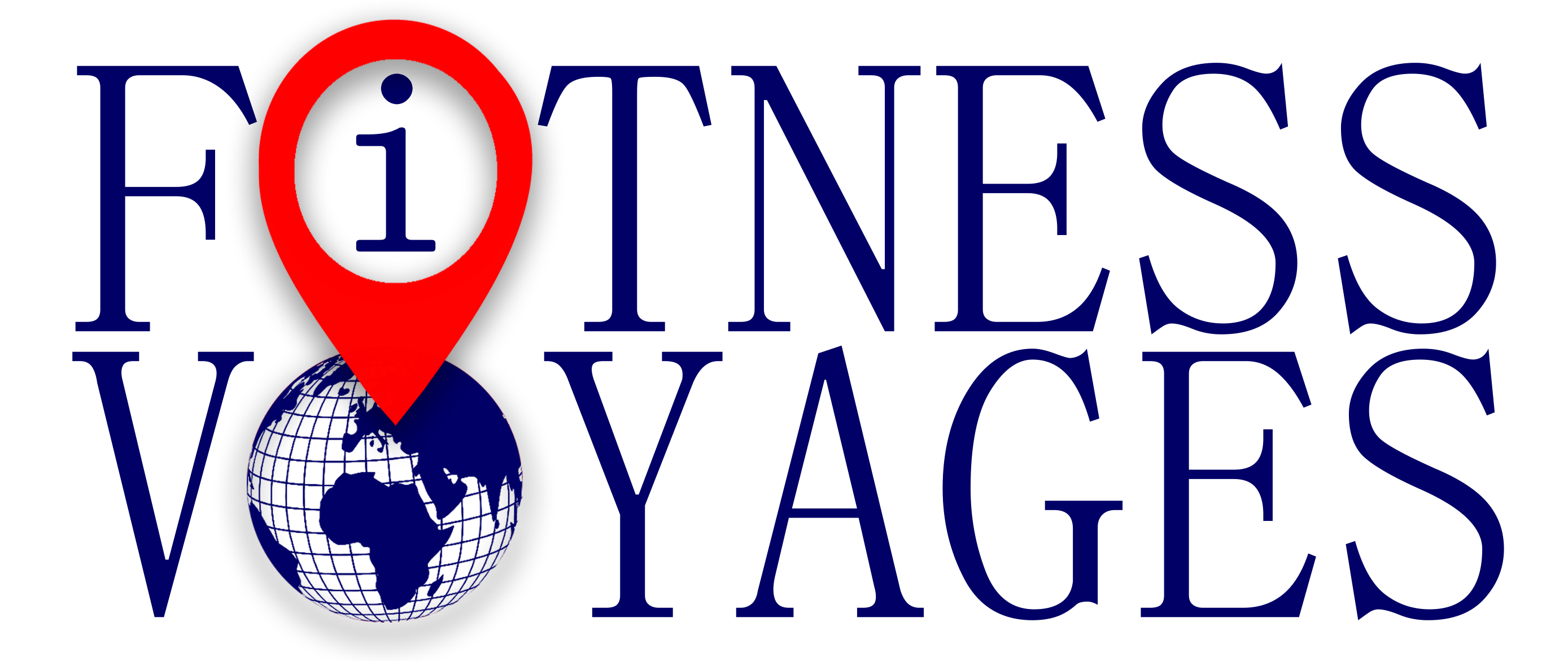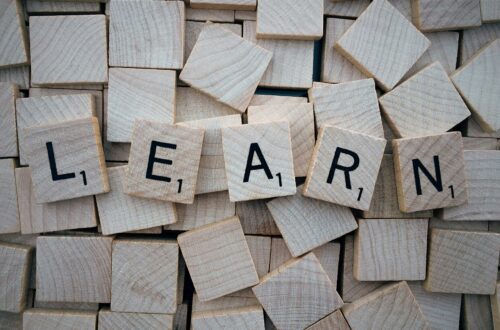Energy Pathways and the Soul – Qi and Wellness
There’s a subtle pulse beneath the surface of our skin, a network of invisible rivers that carry more than just energy. They carry memory. Emotion. The quiet ache of ancestral longing. The fire of purpose. The courage to continue even when we are afraid.
These are the meridians.
For many, meridians are merely a concept tucked inside acupuncture charts or whispered through the hands of a Shiatsu therapist. But in “Meridians: Maps of the Soul,“ Austrian Shiatsu expert Mike Mandl invites us to go deeper. Much deeper. Beyond physical healing, beyond energetic balance and into the terrain of the soul itself.
Mandl’s book is not simply a guide to the energy channels of the body. It’s a poetic unraveling of the human experience. Each meridian, he suggests, is not just a vessel of Qi, but a vessel of story. Of spirit. Of the emotional seasons we pass through as we evolve.
And in a time when many are returning to ancient ways of knowing, of remembering, we may be ready to see these maps not just as tools of traditional medicine, but as companions on the journey back to ourselves.

Meridians: Where Energy Meets Emotion
Traditional Chinese Medicine (TCM) has long taught that health is the harmony of energies. Qi flows through meridians. There are twelve main pathways that nourish our organs and maintain balance. When blocked, Qi stagnates, and dis-ease sets in.
But this book goes beyond physicality. Mandl presents each meridian as a symbolic thread in the human design, one that weaves together our life experiences, inner wisdom, and emotional truths.
The liver meridian doesn’t just govern detox – it guides vision and direction. The kidney meridian holds our ancestral fears and the courage to break free from them. The heart is more than a pump, it is our capacity for deep connection and joy.
This soul-centered view turns the body into a kind of topographical map of consciousness. And with each meridian, we are invited to ask: What story is my body trying to tell?
The 12 Meridians and Their Emotional Signatures
What follows is a summary of each of the twelve principal meridians as interpreted through Mandl’s unique psycho-spiritual lens, informed by years of hands-on Shiatsu practice, Eastern theory, and human observation.
1. Lung Meridian: The Breath of Grief and Renewal
- Emotion: Grief, sorrow, letting go
- Lesson: Learning to release what no longer serves and make space for new life
- Soul Aspect: Teaches us presence, boundaries, and the sacredness of breath
2. Large Intestine Meridian: The Art of Release
- Emotion: Guilt, stubbornness, resentment
- Lesson: The courage to surrender control and let go of the past
- Soul Aspect: Helps us clear emotional waste and embrace emotional clarity
3. Stomach Meridian: The Need to Be Nourished
- Emotion: Worry, overthinking
- Lesson: Receiving nourishment – emotionally, mentally, spiritually
- Soul Aspect: Teaches us how to digest life, not just food
4. Spleen Meridian: The Center of Trust and Stability
- Emotion: Anxiety, rumination, insecurity
- Lesson: Grounding into ourselves and trusting life’s flow
- Soul Aspect: Symbolizes the inner mother – nurturing, stabilizing, holding
5. Heart Meridian: The Seat of Joy
- Emotion: Joy, heartbreak, intimacy
- Lesson: Vulnerability, connection, emotional truth
- Soul Aspect: Governs love – not romantic, but universal, radiant, and pure & unconditional love
6. Small Intestine Meridian: Sorting What’s True
- Emotion: Confusion, indecision
- Lesson: Discernment – what to keep, what to release, what resonates
- Soul Aspect: A spiritual filter for inner truth & intuition
7. Bladder Meridian: The Spine of Memory
- Emotion: Fear, rigidity, exhaustion
- Lesson: Letting go of burdens, aligning with structure and flow
- Soul Aspect: Carries our stored traumas, survival patterns, and karmic memory
8. Kidney Meridian: The Well of Ancestral Power
- Emotion: Deep fear, inherited trauma, willpower
- Lesson: Facing fears and trusting in inner resources
- Soul Aspect: Our spiritual battery, home to life force and destiny
9. Pericardium Meridian: The Guardian of the Heart
- Emotion: Protection, emotional walls, guardedness
- Lesson: Creating healthy emotional boundaries
- Soul Aspect: Allows the heart to feel safely and fully without collapse
10. Triple Burner Meridian: The Harmonizer
- Emotion: Chaos, imbalance, hypervigilance
- Lesson: Balancing inner and outer worlds, integrating body, mind, and spirit
- Soul Aspect: The energetic orchestrator of internal rhythms
11. Gallbladder Meridian: The Decision Maker
- Emotion: Anger, frustration, resentment
- Lesson: Courageous action and aligned decision-making
- Soul Aspect: Helps us navigate crossroads in life with integrity
12. Liver Meridian: The Architect of Vision
- Emotion: Repressed anger, hopelessness, aimlessness
- Lesson: Creating a life of meaning and movement
- Soul Aspect: Fuels dreams, visions, and soulful direction
The Body as Biography
Mandl’s work illuminates the idea that the body stores our biography. Our joints, our fascia, our breath patterns, each is a page in the story we’ve lived, or tried to forget.
He describes the meridians not just as energy lines but as carriers of soul memory. Trauma, he suggests, isn’t just a psychological imprint, it’s an energetic echo. An unprocessed fear might live in the Kidney meridian. A heartbreak might nestle in the Heart meridian. A dream deferred may create stagnation in the Liver.
This vision of the body invites deep self-inquiry. When your back hurts, what are you carrying that isn’t yours? When your digestion falters, what in your life is hard to stomach?
Healing, then, becomes a practice of listening. Of learning to read the subtle language of sensation. Of understanding that every pain is a message. Not of what’s wrong with us, but of what is longing to be heard.
From Diagnosis to Dialogue
Western medicine seeks to diagnose and fix. But Mandl proposes something more intimate: dialogue. The meridians are not mechanical, they are conversational. They respond to touch, thought, feeling, intention.
In Shiatsu, a modality Mandl has practiced for over two decades, pressure is applied to specific meridians, not to manipulate, but to communicate. The practitioner listens not just with hands but with heart. And often, the body responds – not with words, but with a sigh, a shiver, a tear.
In this way, healing is not something done to us, but with us. A co-created remembering of our original, whole self.
Walking Your Meridian Map
You don’t need needles or formal training to begin exploring your meridian system. You simply need curiosity. Attention. Reverence.
Here are some ways to begin:
1. Breathe with Awareness
Start with the Lung meridian. Each morning, breathe in fully. Exhale slowly. With every breath, invite the energy of release and renewal.
2. Practice Meridian Stretches
Simple movements, such as arm sweeps, side bends, or Qi Gong flows, can activate and awaken your energy pathways.
3. Journal with the Meridians
Pick a meridian each week and ask:
- What emotion is this meridian associated with?
- Where do I feel this in my body?
- What part of my life needs balance here?
4. Self-Touch and Intuition
Gently massage the areas of each meridian’s pathway – forearms, calves, chest, lower back. Pay attention to sensations. Often, tenderness indicates a story waiting to be told.
We Are All Energetic Beings
In the end, “Meridians: Maps of the Soul“ is less of a book and more of a call to come back into relationship with the intelligence of our bodies.
Mandl reminds us that wellness is not merely the absence of symptoms. It is presence. Flow. Connection. Courage. Exploration.
It is allowing the meridians of the body to become meridians of the soul. Letting our pain become our teacher. Our tension become our compass. Our heart, protected and held to become our guide.
Because the journey of wellness is not just about healing, it is about becoming whole.
And in that becoming, the meridians will always be there. Ancient, silent, pulsing with wisdom – ready to show you the way home.





